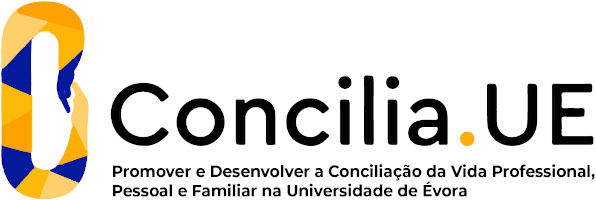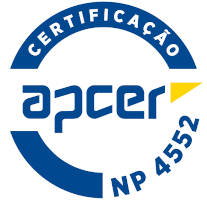2025
Grave Excavation Methodologies
Name: Grave Excavation Methodologies
Code: HIS14701M
6 ECTS
Duration: 15 weeks/156 hours
Scientific Area:
Archeology, Biological Sciences, Physics
Teaching languages: Portuguese
Languages of tutoring support: Portuguese
Regime de Frequência: Presencial
Presentation
The contents of this CU are practical in order to provide students with knowledge and skills in fieldwork, from excavation methodologies, to data collection and analysis.
Sustainable Development Goals
Learning Goals
Objectives:
Knowing the different types and methods used in archaeological excavations;
Know the excavation techniques, from the marking of the terrain, identification and interpretation of stratigraphies, to the field drawing; distinguish the different geophysical methods with application in archeology and identify the presence of archaeological structures in the distribution of physical properties estimated from the application of these methods.
Skills:
Capacity to organize and promote archaeological interventions.
Capacity to produce an entire field record.
Capacity to interpret and discuss stratigraphies and contexts.
Capacity to prepare technical and scientific reports.
Be able to propose the most appropriate geophysical method in each situation.
Ability to interpret geophysical models.
Knowing the different types and methods used in archaeological excavations;
Know the excavation techniques, from the marking of the terrain, identification and interpretation of stratigraphies, to the field drawing; distinguish the different geophysical methods with application in archeology and identify the presence of archaeological structures in the distribution of physical properties estimated from the application of these methods.
Skills:
Capacity to organize and promote archaeological interventions.
Capacity to produce an entire field record.
Capacity to interpret and discuss stratigraphies and contexts.
Capacity to prepare technical and scientific reports.
Be able to propose the most appropriate geophysical method in each situation.
Ability to interpret geophysical models.
Contents
The different types of excavation: the survey of the excavation area.
Stratigraphy and stratigraphic units.
Use of anthropological field sheets.
Field drawing.
The reports: texts, maps, photographs, field drawings.
Scientific articles.
The Geophysics in Archaeology: geophysical surveys and their limitations.
Electrical resistivity method and their application in archeology.
Ground penetrating radar (GPR) and their application in archeology.
Magnetometry and their application in archeology.
Surface mapping with Laser Scanner, Photogrammetry, GNSS. Digital terrain models and their application in archeology.
Stratigraphy and stratigraphic units.
Use of anthropological field sheets.
Field drawing.
The reports: texts, maps, photographs, field drawings.
Scientific articles.
The Geophysics in Archaeology: geophysical surveys and their limitations.
Electrical resistivity method and their application in archeology.
Ground penetrating radar (GPR) and their application in archeology.
Magnetometry and their application in archeology.
Surface mapping with Laser Scanner, Photogrammetry, GNSS. Digital terrain models and their application in archeology.
Teaching Methods
Field classes: excavation, collection of samples, observation of stratigraphies, registration and field design.
The training of geophysics contents is structured through the placement of problem-cases. To solve them, students are initially led to look for information in papers and textbooks, followed by the planning of the fieldwork, which must be carried out in small groups (2-3 students) and presented to the whole class.
The training of geophysics contents is structured through the placement of problem-cases. To solve them, students are initially led to look for information in papers and textbooks, followed by the planning of the fieldwork, which must be carried out in small groups (2-3 students) and presented to the whole class.
Assessment
The assessment will be carried out through the elaboration of a practical work to be presented within the foreseen periods of the Academic Regulation of the University of Évora.





















